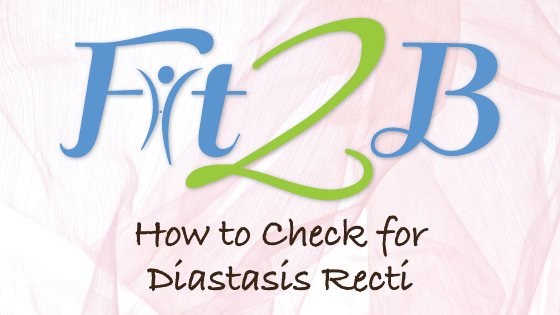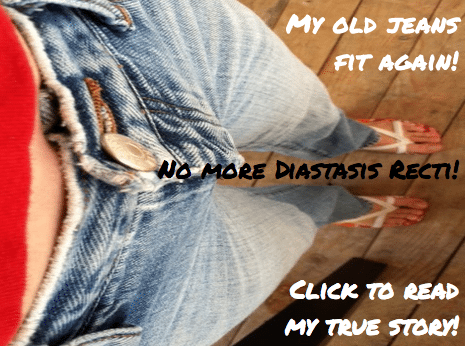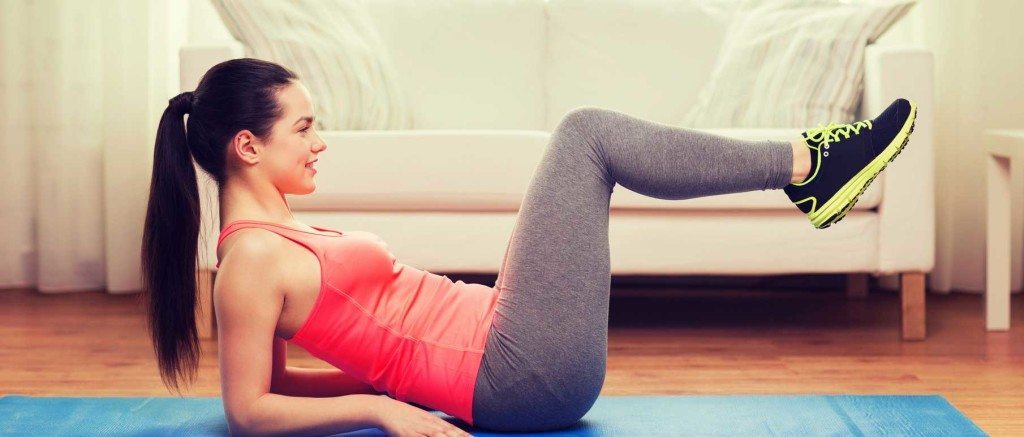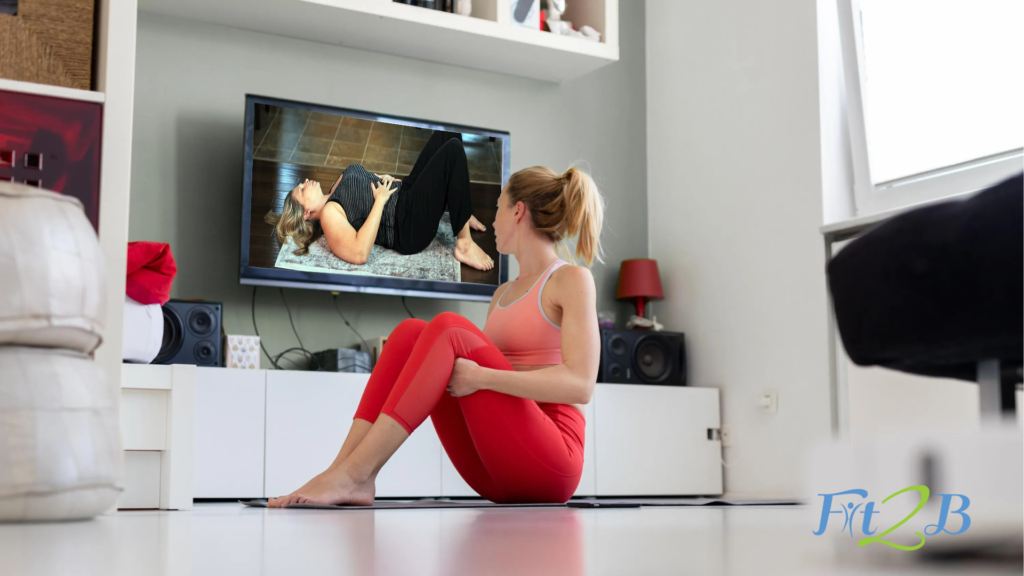Blog
When Crunches Make Your Pooch Worse
Crunches & sit-ups are human-invented exercises. Someone decided that the abdominals work like every other muscle (spoiler alert: they don’t) and that shortening a muscle flexes it, and that flexing your spine over and over makes your abs flatter. Wrong again.
While we might do a few crunch-like, sit-up type motions, one at a time throughout our day as part of normal activity (like when you’re in bed asleep, and your toddler starts to barf in their bedroom, you’re going to sit-up fast) but laying down and banging out a bunch of belly crunches isn’t functional, sustainable, or helpful!
Here are some research-based facts about crunches:
- This 2011 study showed “There was no significant effect of abdominal exercises on body weight, body fat percentage, android fat percentage, android fat, abdominal circumference, abdominal skinfold and suprailiac skinfold measurements.” The full article states that the exercises used were sit-ups.
- This article by The United States Army highlights multiple research studies they did which have informed a long conversation on seeing sit-ups in the Army Physical Fitness Test (APFT). “Our results showed that core-stabilization exercises, if anything, decrease the risk that a Soldier will fail the sit-up component of the APFT,” Childs said. In fact, passing rates among Soldiers who completed core-stabilization exercises improved, 5.6 percent compared to only 3.9 percent among Soldiers who performed traditional sit-ups.”
- This very recent 2023 study by Gluppe et al is one of the best randomized controlled trials I’ve seen proving that “curl-ups” (aka: crunches) do not worsen or improve Diastasis Recti in postpartum women. However, I think it’s important to note that the experimental group – the ones doing the crunches – were shown how to do them by a physiotherapist whose cues kept them to a modest range of motion and had them inhale then exhale before each repetition.
- The Back Mechanic by Dr. Stuart McGill offers evidence and theories from his 30+ years of research and clinical experience studying the impact of crunches and sit-ups on human and animal spines.
So, we know that crunches and sit-ups do strengthen the rectus abdominis (six pack) layer of your abs, but here are two things to consider:
- Your abdominals have 3 other layers which need attention besides your 6-pack.
- Your abs are UNLIKE every other muscle in your body because of a special band of fibrous connective tissue (linea alba) weaving them together in the middle.
That seam running down the middle of your abs weaves the two sides of your abs together much like the seam on the butt of your pants keeps the material over your tush together. Pressure from internal bloating or pregnancies, plus wear and tear over time, combined with slouching while sitting, hunching over to pick up all those socks, and … well, form follows function. Your belly is shaped by your daily habits, exercise strategies, and food choices.
The good news is that those are “controllables” that you can control. You can address the domino effect of Diastasis Recti in any of those ways: food, fitness, lifestyle factors. 
The drawing above is a graphic of a diastasis recti compared to “normal” abs. Every pregnant woman gets diastasis recti to some degree. Sadly many of them are unaware and uninformed about what exercises are best for their “mummy tummy.” They either avoid beneficial abdominal exercises altogether or they do crunches and sit-ups which don’t help. Done incorrectly, such exercises may also make it worse!
Oh, but guess what. It happens to MEN, TOO!!! You’ve seen them: the dudes that are super buff everywhere but their guts. Their arms and legs are ripped, but their relaxed abdomens look like they’re about 8 months along!
While it can happen when you’re young and athletic, diastasis recti typically happens once those stressed, overworked muscles go sit at a desk all day, or once you get pregnant and your body has to open up to make room, or once you have abdominal surgery and your nerve connections are severed, or once you’ve dove into bed funny one too many times.
Diastasis rectus abdominus isn’t a death sentence. You can check yourself for a DRA here with our free self-check videos. It’s typically very treatable without surgery, using key rehab techniques that we align with here in our workouts on Fit2B.
As a personal trainer with a degree in exercise and sport science, as well as a core fitness specialist who has studied dialysis and pelvic floor issues since 2011, I am qualified and experienced enough to help you achieve any aesthetic look you want. If you want a longer, leaner look, I know how to train you with lengthening motions. If you want a bulgy, buff look, I can train you accordingly. I’m pretty successful with these techniques, however your genes play the final card.
The thing is, no one comes to me asking for a bigger belly. Most people want a flatter stomach. They don’t want to hypertrophy their abs, making them bigger and bulkier, but that’s what crunches and sit-ups do: thicken and strengthen the abs, but done incorrectly they also put a lot of forward, forceful pressure on the abs. When severe Diastasis Recti is present, do we want that? Do we need that to strengthen the core?
Abs with Diastasis Recti which lack the ability to engage against intra-abdominal pressure shouldn’t be subjected to crunches and sit-ups. Over time, that repeated forward, forceful, bulging stress does a number on that line of connective tissue. I know hundreds of other ways to strengthen your entire core canister without making you do a single crunch, sit-up or plank!
I used to have diastasis recti
After having two children, I never stopped exercising. My abs were strong, but I could fit 3 1/2 fingers in between my  abs and feel my pulse. I was trained wrong. I was taught how to test others wrong. I was told it only happens to women, and that is wrong. I was told to accept that my body would fall apart after having children, and this is WRONG.
abs and feel my pulse. I was trained wrong. I was taught how to test others wrong. I was told it only happens to women, and that is wrong. I was told to accept that my body would fall apart after having children, and this is WRONG.
So what did I do? I went through ab rehab, and I got stronger and smarter and my tummy got flatter. Then I began learning how to train people better, and I began filming home workout videos that safely work to restrengthen the abdominals (and whole bodies) of people with diastsis recti.
If you are a personal trainer, please test yourself and test your clients. And stop doing crunches with people who already have a gut or even a slight pooch, because it’s not what they need. They need more from you than the standard planks and basic ab work, and if you really want to help them, I recommend you join Fit2B and learn better ways to train cores. I also recommend you go through our Experts in Diastasis Recti course which offers CEU/CEC for your ongoing education.
This internationally acclaimed fitness site that you’re on right now contains a library of hundreds of crunch-free workouts, eCourses and other resources to help you learn about dealing with diastasis recti. You’ve come to the right place!



Bethany: You are definitely ahead of the curve and I believe the theme of this post will start to appear more frequently. There are soooo many better ways to strengthen your abs without crunches… squats, lunges, the plank are all great methods. Thanks for sharing…. TW
Interesting topic for today!
I personally did check my abs this way, i can not go to rehab because of my daily obligations but i am walking and using stairs a lot!
Thank you for the good advices waiting for some vid from you 🙂
Excellent Blog Bethany! You are beyond the curves. It's amazing how all of these ab contraptions that are sold and pushed on TV are going to get you that perfect body, the perfect relationship. Total BS. I really think many of those contraptions and esp. how ppl crank their bodies up and down in them like fools with total unawareness – does much more damage than good. Thanks for doing the research!
Wow!! What a powerful piece of information. Thank you SO much for suggesting we take the little test…shesh, no wonder I've been feeling like I "beat my head against the wall" with ab exercises!
Thanks Bethany.
Very well said Bethany! It is so wonderful for people to have hope. They can absolutely heal from this condition by doing the proper exercise. The rehab process that I teach with The Tupler Technique is focused on real life and helping even the busiest mom get their body back so their over all health is improved. I am so blessed to be working with you.
The absolute worst thing to start with in ANY ab-recovery workout is full "all the way up" sit ups or crunches. The downward pressure exerted onto the abdominal wall actually forces the abs further apart at the bottom. To make things worse, when someone is starting a workout program, they are generally starting with a low energy level, and pulling yourself all the way up requires way more energy than most people have at first, which leaves you sore, exhausted and frustrated, prompting them to give up. The best way to start is to do short sets of flutter kicking (feet @ 18 inches off the floor) followed by short "quarter crunches" (head and shoulders only lifted @ 10-12 inches from the mat…looking straight up.) The rapid switching from upper to lower ab work confuses the muscles and allows one area to relax while the other area works. There is nothing really special about this workout, it is all in the sequence in which it is done. You are able to work above your level of energy and get good results. Like anything else, moderation at the start is the key……..
Frank, I strong disagree with your recommendation. Can you do those flutter kicks with your belly hollowed out? Perhaps you could do those quarter crunches with your transverse pulled in tight, but not the flutter kicks. I certainly can't. And if I was your client with a weak transverse and thin connective tissue, and I trusted you to know better than me, and I get on the floor and do what you just recommended, then you just made me rip my abs open even more. No thanks! Flutter kicking is VERY intense and not a moderate way for a pregnant woman or post-natal woman, or obese person to start at all!
Hello,
I just want to add that due to my family generics I was born with excess skin on my lower abdomen and can’t seem to make any head way in removing it. I work out 3 days a week at the YMCA doing cardio and weight training which totals about 2 to 3 hours each time. I eat a lean diet. I limit my fats and caffeine. I started doing some planks last week. I have notice that my pants are fitting tight now around my hips and don’t understand that. What is up with this?
When we workout, circulation to those areas increases and the muscles swell a bit. Also, as the muscles get a bit bigger, they are sharing space with the fat at first until they burn off that fat with their higher metabolism. A pound of muscle takes up a lot less space than a pound of fat AND it burns 50 calories per day at rest as opposed to 3 calories by a pound of fat 😉
Pingback: My New Tummy | Fit2B Studio
Pingback: How to Have a STRONGER, More FLAT Stomach! | Fit2B Studio